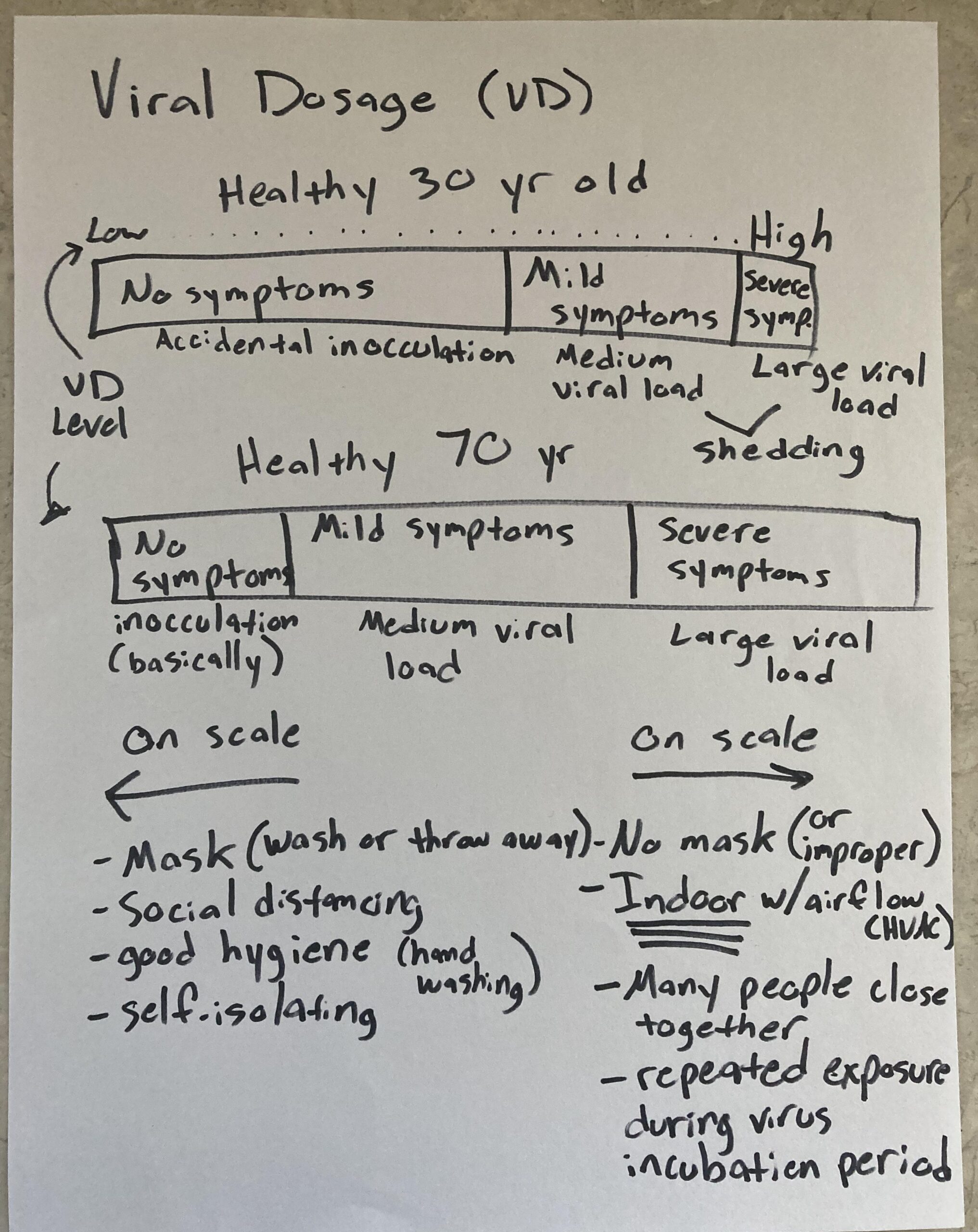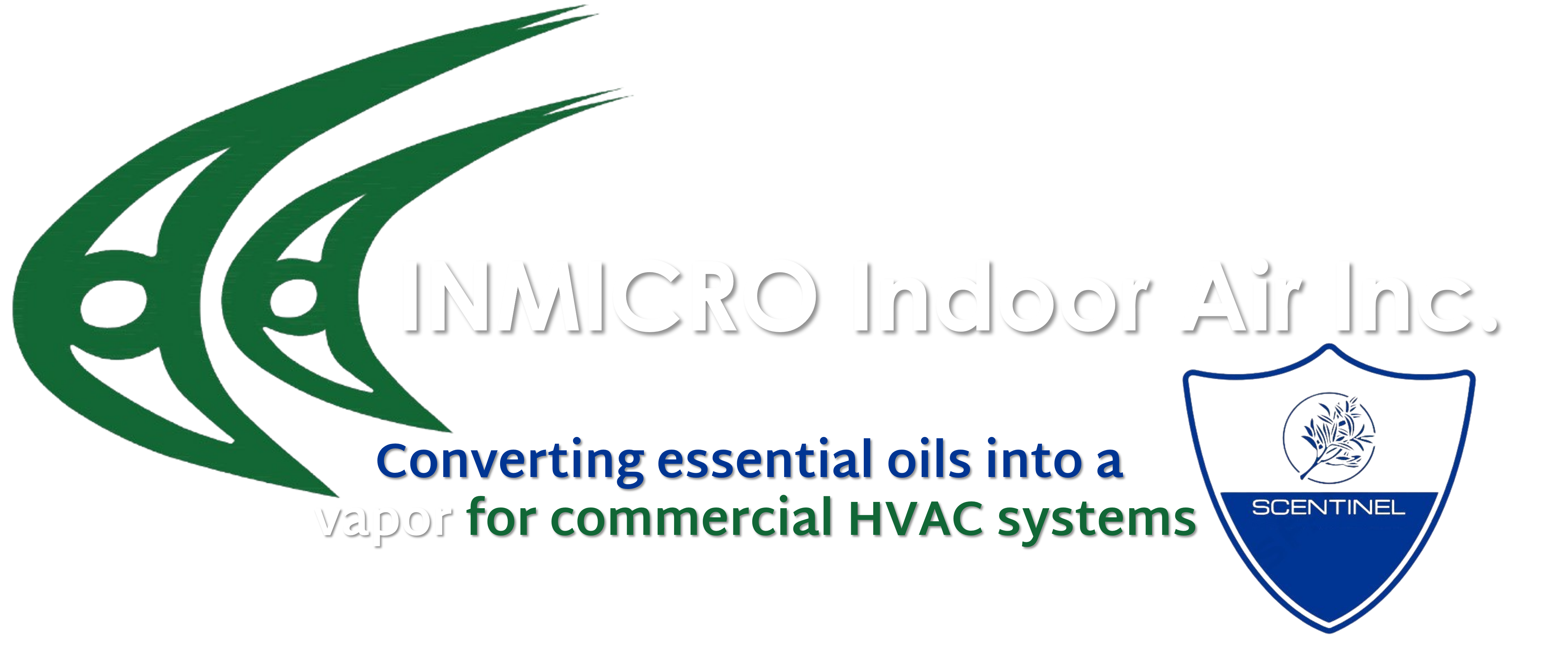Reducing Airborne Pathogen Spread: The Role of Vapour Technology in Infection Control
The COVID-19 pandemic highlighted a critical reality: airborne pathogens pose significant risks in built environments, from offices and schools to hospitals and public spaces. Reducing the spread of these pathogens is paramount, and at the heart of effective infection control lies a crucial principle: reducing viral dosage. This blog explores how a focus on dosage and the integration of advanced vapour technologies can revolutionize infection control in our indoor spaces.
The Science of Viral Dosage
Viral dosage, also known as infectious dose, refers to the amount of virus particles a person is exposed to. A higher dosage increases the likelihood of infection and can lead to more severe disease outcomes. Reducing viral dosage in indoor environments can make the difference between a single case and an outbreak.
The challenge lies in the nature of airborne transmission. Pathogens like influenza, SARS-CoV-2, and others hitch a ride on respiratory droplets or even smaller aerosol particles. These can linger in the air for extended periods, especially in poorly ventilated spaces. Thus, addressing airborne transmission requires technologies that actively reduce these particles in real time.

Vapor technology: A Game-Changer in Airborne Pathogen Control
Vapour technology is emerging as a powerful tool to combat airborne pathogens. Unlike traditional ventilation or filtration systems, vapour-based solutions actively target airborne particles, reducing their concentration and rendering them less infectious. Here's how:
1. Disinfection Through Nano-Vapours
Some vapour technologies utilize nano-disinfectants that disperse into the air, targeting pathogens at a molecular level. These vapours can penetrate aerosol droplets, neutralizing viruses and bacteria in real-time.
2. Humidification for Viral Inactivation
Maintaining optimal indoor humidity levels (40-60%) using vapour-based humidifiers can significantly reduce survival of airborne viruses. Dry air allows particles to stay airborne longer, while proper humidity causes them to settle or become inactive.
3. Continuous Air Monitoring and Treatment
Advanced vapour systems combine sensors and automated dispersion to ensure consistent treatment of indoor air. This creates a safer, self-sustaining environment for occupants.
Why built environments need vapour technology?
The built environment often facilitates the spread of airborne pathogens due to shared air circulation, high occupancy, and limited ventilation. Traditional solutions like HEPA filters or UV light have limitations in scope and efficiency. Vapor technology fills these gaps by providing:
- Proactive Air Treatment: Unlike filters that wait for air to pass through, vapor systems treat the air where pathogens exist.
- Non-Disruptive Application: Vapor systems are silent, energy-efficient, and easy to integrate into existing HVAC setups.
- Scalability and Versatility: From healthcare settings to classrooms and open offices, vapor technology can adapt to various space requirements.
Best Practices for Reducing Viral Dosage in Indoor Spaces
Integrate Multi-Layered Air Treatment
Pair vapor technology with traditional methods like ventilation, air filtration, and UV-C light for maximum impact.
Monitor Air Quality
Leverage sensors to detect pathogen loads and adjust vapor dispersal rates dynamically.
Educate Occupants
Awareness of viral dosage and the role of airborne particles empowers people to adopt behaviors that complement technological solutions, such as masking and minimizing crowding.
Regular Maintenance
Ensure vapor systems are routinely checked for optimal performance and compliance with safety standards.
Integrate Multi-Layered Air Treatment
Pair vapor technology with traditional methods like ventilation, air filtration, and UV-C light for maximum impact.
Monitor Air Quality
Leverage sensors to detect pathogen loads and adjust vapor dispersal rates dynamically.
Educate Occupants
Awareness of viral dosage and the role of airborne particles empowers people to adopt behaviors that complement technological solutions, such as masking and minimizing crowding.
Regular Maintenance
Ensure vapor systems are routinely checked for optimal performance and compliance with safety standards.
As public scrutiny increases and new data continues to emerge, Moderna and Pfizer may find themselves facing a barrage of legal challenges. Patients who experience adverse effects or long-term health issues related to the vaccines could pursue lawsuits, holding these companies accountable for their products. Just as tobacco companies were forced to reckon with their past, pharmaceutical giants may also find their day of reckoning approaching.

